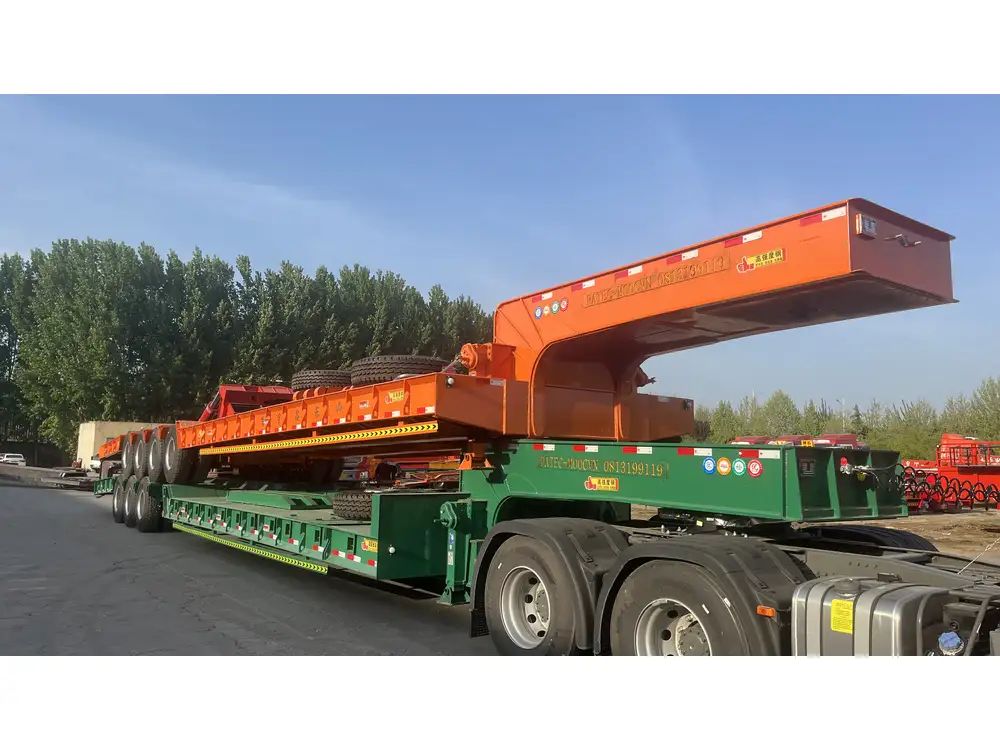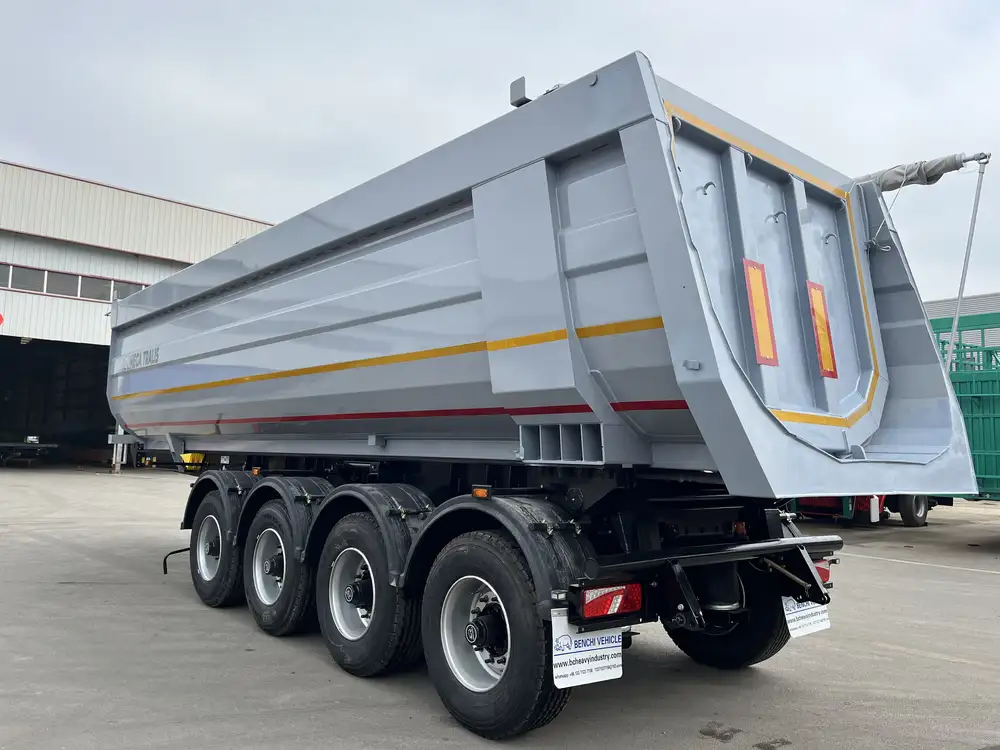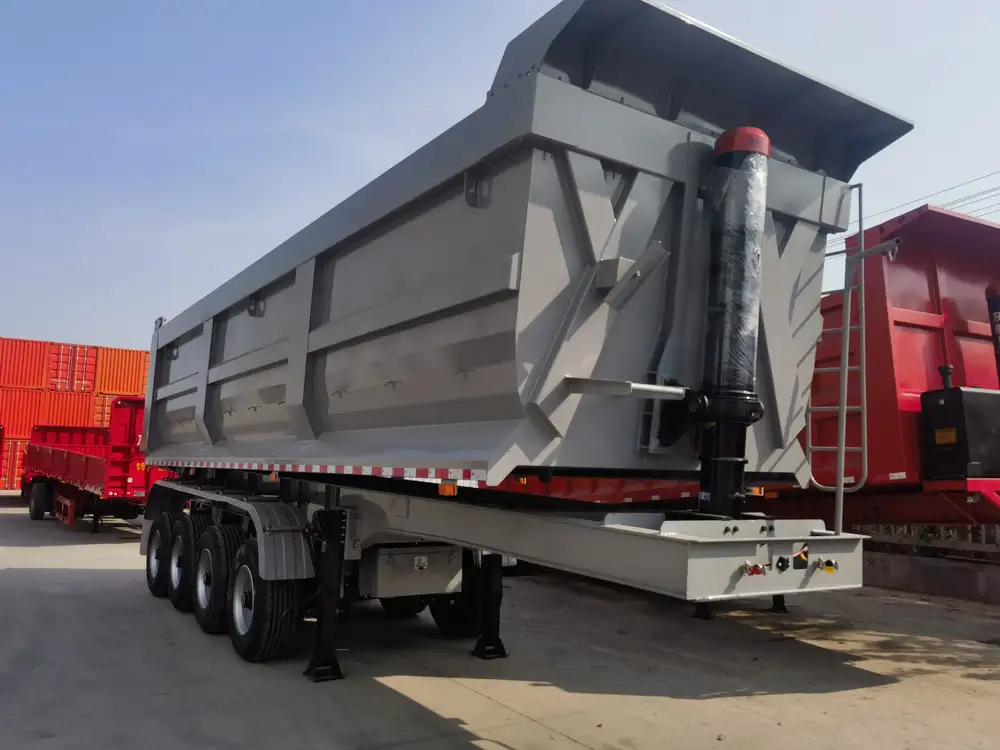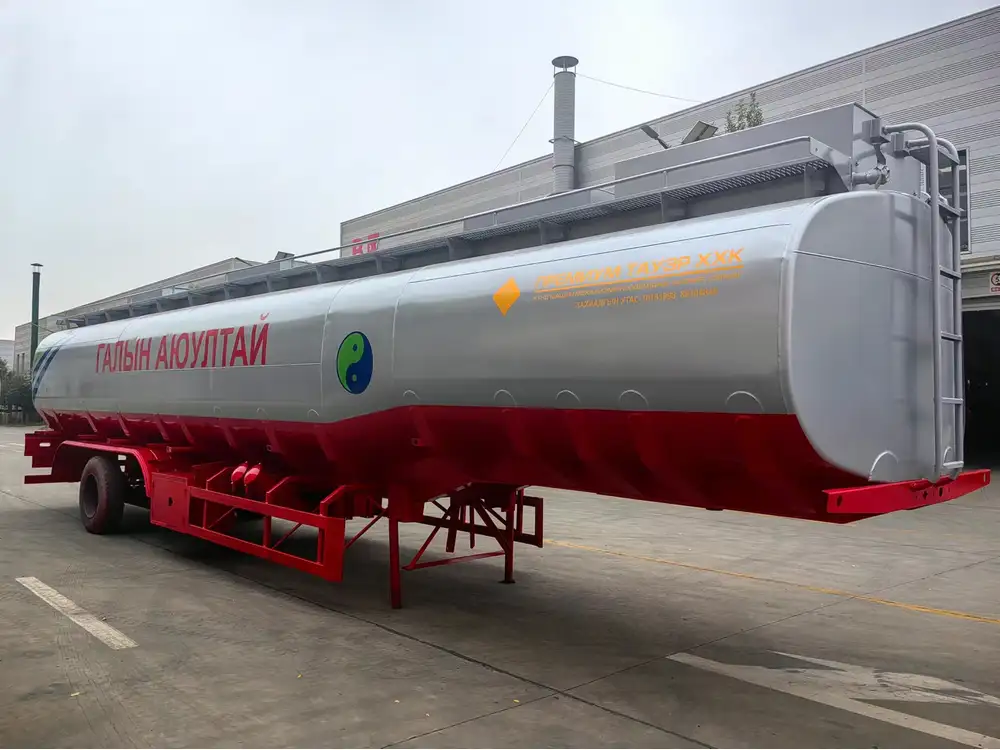The trend of tiny houses has been gaining remarkable popularity, primarily due to their affordability and minimalistic lifestyle appeal. Among the various options for constructing a tiny home, converting a semi-trailer stands out as an innovative and exciting alternative. But is it feasible? In this article, we delve into the intricate details of transforming a semi-trailer into a cozy tiny house and explore all aspects involved in the process, from planning and design to legal considerations and practical tips.
Understanding the Semi-Trailer Conversion Concept
What is a Semi-Trailer?
A semi-trailer is a non-motorized vehicle designed to be towed by a truck or a tractor. Exhibiting a unique design, a semi-trailer comprises a chassis and a cargo area, which can be repurposed creatively to form living spaces. Ideally, these trailers serve as robust and durable platforms perfect for housing a small living area.

Why Choose a Semi-Trailer for Your Tiny House?
Numerous advantages come with converting a semi-trailer into a tiny house:
| Advantages | Details |
|---|---|
| Cost-Effective | Repurposing a semi-trailer typically costs significantly less than traditional housing. |
| Portability | Semi-trailers can be towed, providing mobility that most tiny houses lack. |
| Durability | Built from high-quality materials to endure extreme conditions, semi-trailers offer long-lasting resilience against weather elements. |
| Space Optimization | The cargo space of a semi-trailer can be efficiently designed to maximize usable living space, offering you a distinct edge over conventional tiny homes. |
Legal Considerations for Your Conversion
Before diving into the conversion process, it’s crucial to familiarize yourself with pertinent legal and zoning regulations that govern semi-trailer usage in residential areas.
Zoning Laws
Zoning regulations can vary significantly depending on your location. Here is a simplified list of factors to consider:
- Residential Zoning: Many areas have strict rules about where alternative structures can be placed. Always check local laws.
- Mobile Home Regulations: In some regions, a converted semi-trailer might be classified under mobile home regulations.
- Permitting Requirements: Building permits may be required for structural modifications. Ensure compliance with local building codes.
Tip: Consulting a legal expert familiar with mobile and alternative housing legislation in your area will save time and potential headaches later.

Planning Your Semi-Trailer Tiny House Conversion
Steps to Begin Your Project
1. Define Your Needs and Wants
Before initiating any physical work on your semi-trailer, it is essential to specify what you want from your tiny living space. Consider factors such as:
| Essential Features | Desired Amenities |
|---|---|
| Sleeping area | Home office |
| Kitchen | Entertainment space |
| Bathroom | Outdoor living area |
| Storage solutions | Energy-efficient appliances |

2. Design Your Space
Once you have a clear vision, sketch a layout. Utilize design tools or apps to visualize the space effectively. Keep the following in mind:
- Open Concept: Make the most of open spaces. Fewer walls can create a more spacious feel.
- Light Sources: Adequate natural light can make a small area feel larger. Consider installing large windows.
- Vertical Space: Use vertical storage solutions to free up floor space. Shelves and cabinets can effectively optimize storage.
Visual Planning Tip: Use a scale model or software to accurately represent the dimensions and layout of the proposed living space.
Materials and Customization Options
Converting a semi-trailer into a tiny house involves significant customization. Here are some common materials and upgrades you may want to consider:
| Material | Purpose |
|---|---|
| Insulation | Essential for regulating temperature and energy efficiency. |
| Wood Paneling | Adds warmth and character to the interior. |
| Eco-Friendly Paint | Improves aesthetics while being environmentally conscious. |
| Solar Panels | Conditional for off-grid living and self-sustenance. |
Budgeting Your Conversion
Crafting a detailed budget ensures you stay within financial limits during your transformation. Typical expense categories to monitor include:
- Semi-Trailer Purchase: Depending on condition and size, prices can vary.
- Labor Costs: If you’re hiring professionals for plumbing, electrical work, or carpentry.
- Materials: Estimating costs for insulation, flooring, and other essential materials.
Create a detailed budget by listing potential expenses, estimating costs, and preparing for unexpected contingencies.

The Conversion Process
Step-by-Step Conversion Guide
Before you start demolishing walls or installing fixtures, here’s a structured approach to guide your conversion:
Prepare the Trailer:
- Clean the interior thoroughly.
- Check the structural integrity.
- Sand and paint the exterior as needed.
Insulation and Ventilation:
- Insulate walls, roof, and flooring to create a comfortable living environment.
- Ensure proper ventilation to prevent moisture build-up.
Floor Plan Construction:
- Frame walls and install temporary beams as required.
- Build a sleeping loft if you’re maximizing vertical space.
Utility Installation:
- Consider plumbing needs for the kitchen and bathroom.
- Install electrical wiring and fixtures.
Finishing Touches:
- Lay down flooring materials.
- Paint, decorate and furnish your tiny house.
DIY vs. Professional Help
While many opt for a do-it-yourself approach, it’s essential to weigh the benefits of professional assistance:
| Aspect | DIY | Professional |
|---|---|---|
| Cost | Generally lower if you can do the work. | Higher initial expenses. |
| Time | Can extend depending on skill level. | Often faster due to expertise. |
| Quality Assurance | Potentially inconsistent results. | Higher likelihood of meeting standards. |

Tips for Success
To ensure a seamless transition from semi-trailer to tiny house, keep the following tips in mind:
Research and Learn: Familiarize yourself with tiny house designs and conversion stories online for inspiration.
Join Online Communities: Engaging with forums dedicated to tiny living can provide insights and practical advice.
Prioritize Safety: Always prioritize safety by adhering to building codes and drafting proper electrical and plumbing layouts.
Final Thoughts
Converting a semi-trailer into a tiny house embodies the essence of creativity, resourcefulness, and self-sufficiency. This unique transformation not only serves as a viable housing solution but also empowers individuals or families to embrace a minimalist lifestyle unrestrained by conventional housing barriers.
By understanding the legalities, planning effectively, and following a structured conversion process, it’s indeed feasible to make your dream of living in a semi-trailer tiny house a reality. Consider all the elements we’ve discussed here, and you’ll be well-equipped to embark on this fulfilling journey.
Ready to Begin?
If you’re contemplating the conversion of a semi-trailer into your tiny home, take the plunge and start planning. With creativity, dedication, and a well-thought-out approach, your semi-trailer could soon transform into a warm and inviting space you can truly call home.
Remember, adventure lies around every corner, and this significant project promises to be an exhilarating journey in sustainable living, innovation, and personal expression.



